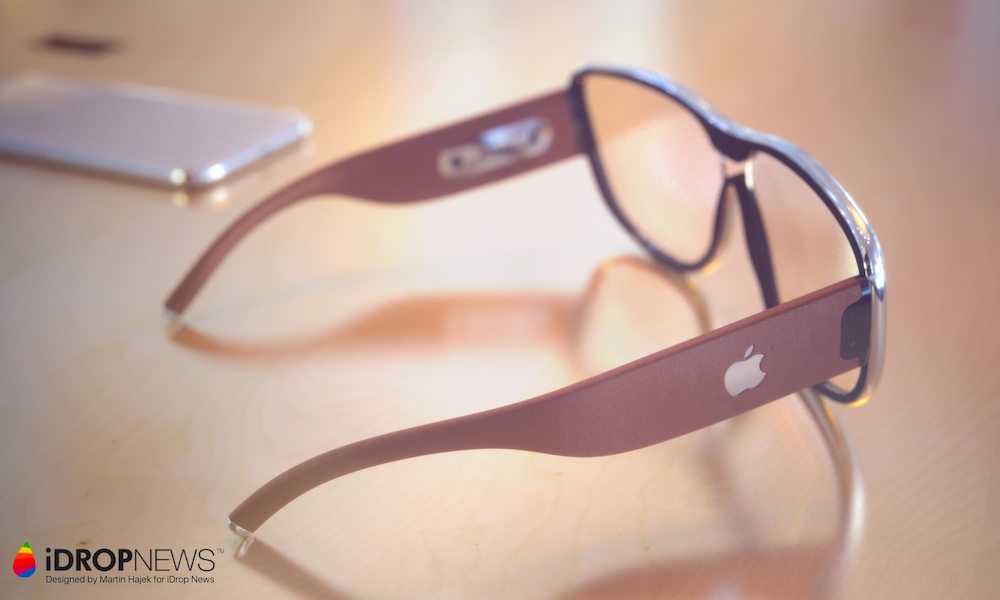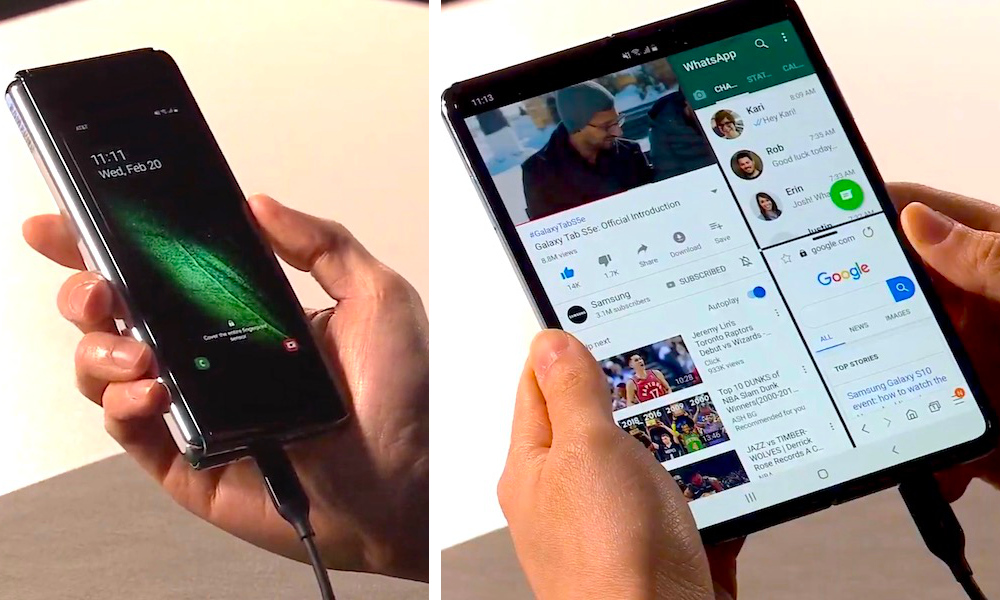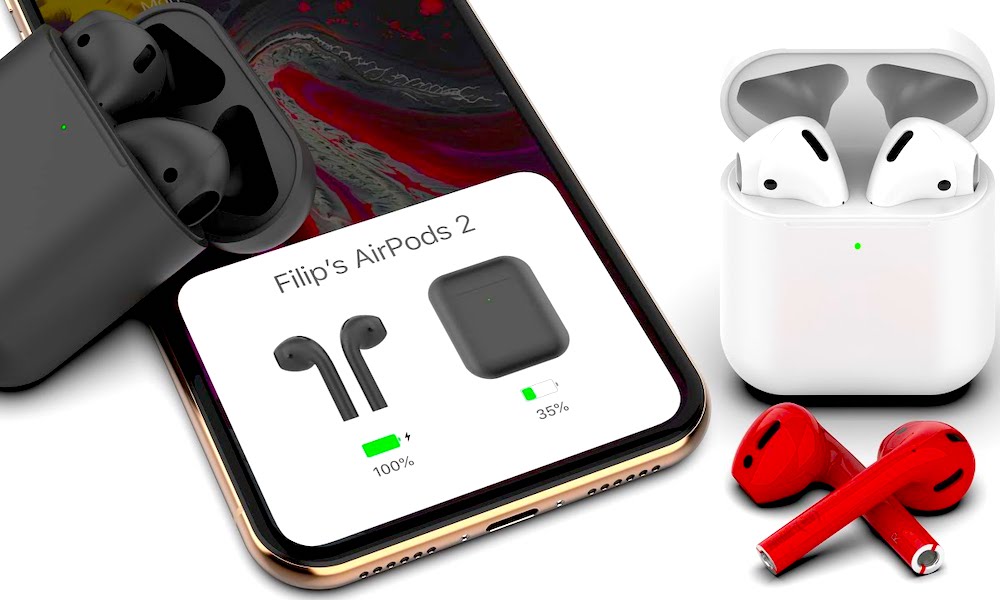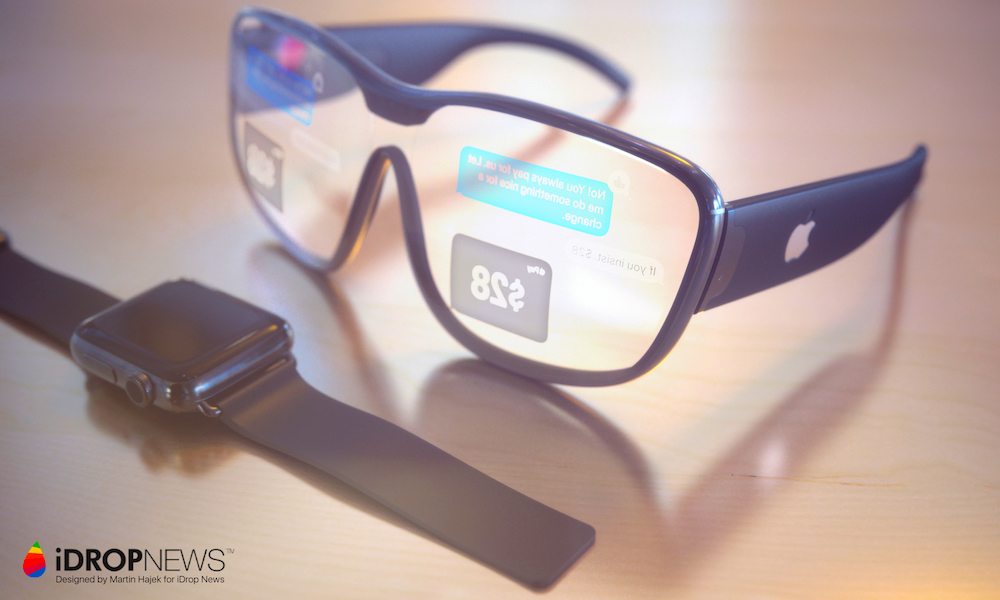The iPhone’s Days Are Numbered: Apple’s Future Is Wearable
 Credit: iDrop News / Martin Hajek
Credit: iDrop News / Martin Hajek
Toggle Dark Mode
Since the iPhone debuted in 2007, the smartphone has been Apple’s flagship product. The company has been all-iPhone, all the time.
But that status quo doesn’t appear to be all that sustainable, based on current conditions. And we’re already seeing the first signs of an Apple whose priorities are changing.
In other words, Apple’s days as an iPhone company may be numbered. But Apple isn’t dying anytime soon — it’ll just adapt and innovate. And one of the most promising opportunities for innovation may be wearable technology.
The Smartphone Market
The smartphone market may not be dead, but it’s certainly not in its prime. You may have heard doom-and-gloom reports of poor iPhone sales, but it’s not just Apple.
Slow smartphones sales are actually a global trend. The entire smartphone market is stagnant or seeing declining growth. A lot of that could be tied to the fact that users are simply not upgrading.
While there are a variety of reasons for that, many users probably don’t find new generations of smartphones all that compelling compared to their current devices. That’s not considering folding smartphones — though it’s hard to tell whether that will turn out to be gimmicky or groundbreaking.
Apple won’t abandon iPhone just yet, but will probably have to start planning for a future after it. And while Apple’s Services business is largely expected to become the firm’s primary driver of growth, you have to take into account that services need devices to run on.
In other words, Apple can’t place all of its bets on Services. It needs to find a viable replacement for the iPhone. And it’s already searching.
The Future
It may be hard to imagine a future without smartphones. But considering how other tech devices are shaping up, it’s looking like a possibility.
Just consider the Apple Watch. The latest cellular models can make and receive phone calls without an iPhone nearby. That’s one of the primary barriers between an accessory and a primary communication device.
And while there are definitely core aspects of iOS missing from watchOS, that could certainly change in the future.
Or look at AirPods — one of Apple’s most well-received products in recent memory. Apple is looking at innovative features for AirPods, like built-in health monitors. But that’s just the start.
One can imagine a future version of AirPods with a cellular chip that can stream content independently of any type of primary device. Those theoretical AirPods may also be able to dictate and read out text messages sent or received.
And this isn’t even counting Apple’s most likely upcoming breakthrough product: Apple Glass.
The Cupertino tech giant is rumored to be developing an augmented or mixed reality headset that could, theoretically, replace the iPhone as a user’s primary device.
With all three hypothetical devices, you wouldn’t need a smartphone.
Between advanced versions of the Apple Watch, AirPods, and Apple Glass, you could do anything that an iPhone could do — and probably a lot more.
Apple’s Wearable Innovations
These predictions aren’t coming out of thin air. There is a plethora of evidence that Apple is seriously looking at wearables as the future of consumer technology.
For one, Apple’s Wearables, Home and Accessories category brought in nearly as much as the entire Mac category in the last quarter — $7.3 billion versus $7.4 billion respectively. The iPad category, for reference, only clocked in at $6.7 billion.
AirPods and Apple Watch aren’t the only products in the Wearables, Home, and Accessories category. But judging by their success, they probably make up a significant portion of it.
Then, there are the rumors of Apple Glass. The AR/MR headset could feature its own independent operating system and App Store. It’s not just a far-fetched idea, there have been a ton of reports corroborating its existence — and the fact that it could debut as soon as 2020.
The company also has a slew of patents on wearable tech, from advanced haptic and audio headset technology to flexible displays and smart fabrics. Apple’s focus on health and wellness also plays a part, since wearable technology is better suited to that sphere than a smartphone or tablet.
Of course, there are still barriers to cross — like how to power wearable tech without bulky batteries. But there are already potential solutions in the works and Apple is undoubtedly developing its own.
All of this is to say that Apple going all-in on wearable flagship technology doesn’t just seem likely, it seems inevitable.
[The information provided in this article has NOT been confirmed by Apple and may be speculation. Provided details may not be factual. Take all rumors, tech or otherwise, with a grain of salt.]










